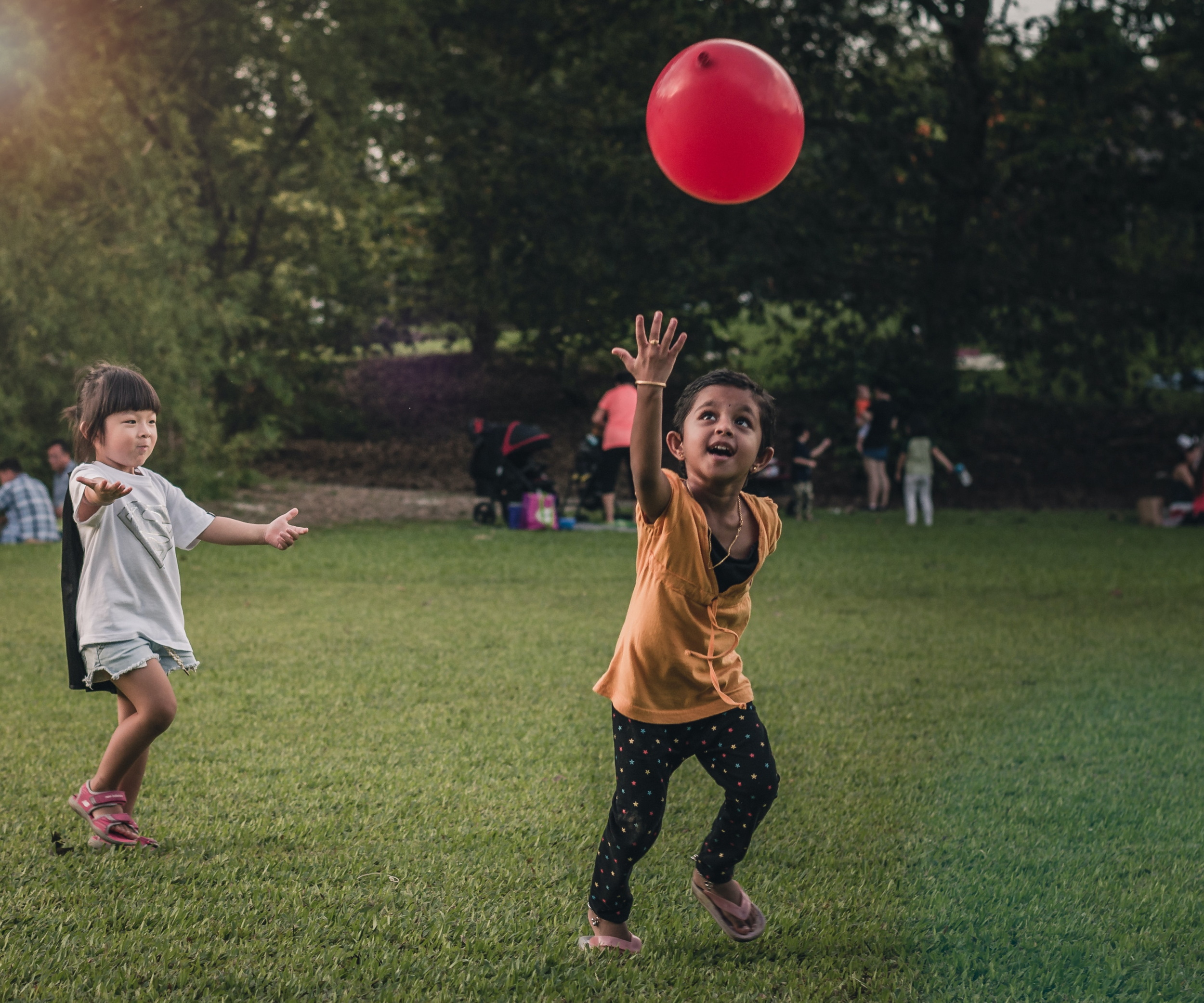Is Vocalising In Breathwork Sessions Necessary?
You may have participated in or witnessed a conscious breathwork session where the facilitator encourages or invites the client to vocalise in some way either by yelling, taking deep sighs, and repeating affirmations, visuals or memories that may be arising - and now you're wondering, is this a necessary part of a breathwork session?
Simply put, while it isn't a requirement or a necessity of an effective breathwork session, skilled facilitators may use these guided prompts during a session as a technique to deepen the breathing experience for the client, but it's important to understand that not all clients will respond to this guidance, nor is it necessarily a safe prompt for clients who are managing particular mental health challenges.
Why Vocalising Can Be Beneficial
Vocalising can offer a host of benefits when engaging in breathing exercises. Stimulating the vocal chords can have a direct impact on the central nervous system.
Certain practices of humming, singing, and chanting can stimulate the vagus nerve and activate the parasympathetic branch of the autonomic nervous system, promoting the release of "happy" chemicals, like endorphins and encouraging states of calm alertness, relaxation and focus.
When practising breathing exercises that involve deep inhales and exhales, such as diaphragmatic breathing, allowing the exhale out with a deep, vocal sigh can increase your ability to control and regulate your breath throughout the practice.
Practices like conscious connected breathwork can facilitate emotional and somatic responses in the body. Thoughts may arise and with them sensations in the body, some that may be difficult, or uncomfortable to be with. These somatic and energetic "imprints" may lead to all sorts of emotional and mental health issues, and even physical health problems.
Vocalising engages our nervous system and creates an opportunity for release, containment and integration of difficult emotions related to traumatic events, generational trauma and the particular stressors and challenges of living through this increasingly unhinged time in the world.
The systems of white supremacy and patriarchy have contributed to the discomfort that many people feel in expressing strong emotions in a visual or auditory way - many of us are trained at a young age that screaming or yelling is a negative emotion that supports or leads to violent and threatening behaviour.
Screaming and emoting strongly have also been associated with people who are deemed "crazy", or have what could be considered a psychotic illness, and doing so can get you locked up, and your rights taken away. It's no wonder that many of us have learned to be so quiet.
A breathwork session can provide a safe(r) container to express these vocal emotions, whether you are on your own or being guided with a skilled, competent facilitator.
Other containers for cathartic expressions of vocal emotion can include human rights protests, watching live music, sports games and certain types of dance and movement, and singing. Doing so within a container of trusted community can help to re-build and reinforce safety and belonging in these spaces, and in relationship to others.
Play can also include fits of laughter, yelling and loud vocal noises that we may unlearn as we grow older. It might seem a bit redundant to outline these examples, but as adults living in these systems, it's easy to forget our inner child's instinct towards the value of play and silliness and singing!
What To Be Mindful Of
Some folks may be managing particular health conditions, including schizophrenia, where vocalising could be a sign of a deeper issue, and in some cases, may be activating in a way that could exacerbate their condition - and - this may not be the case for everyone. This is a nuanced situation that requires as much transparency as possible between the client and the facilitator.
Psychosis can be a symptom of an underlying condition, and may be present in folks managing severe depression, bipolar disorder and other mental health conditions that may arguably be exacerbated by living under a system of racial capitalism and colonialism, and how the factors of family history, race, class, gender and sexual orientation can affect how a person is valued as a human being, and whether they will even have access to the resources that could help them find stability.
Someone experiencing what the Western colonial healthcare system deems a psychotic episode may present symptoms including social withdrawal, insomnia, severe anxiety and/or depression, dramatically shifting mood swings, erratic speech patterns, hallucinations, and delusions. Regardless of how these symptoms are framed, they should be compassionately monitored and taken seriously, as the risk of self-harm can be higher in people managing these conditions.
With that said, breathing exercises can be a useful tool in an arsenal of modalities, including nutritional support, talk therapy, somatic practices, and medication, to support someone with a history of instability.
For deeper practices like conscious connected breathwork, it's especially important to proceed slowly and deliberately, as your window of tolerance, or your client's, may be limited. Starting slowly and gently, and understanding that the process may not be linear, builds both tolerance and capacity.





